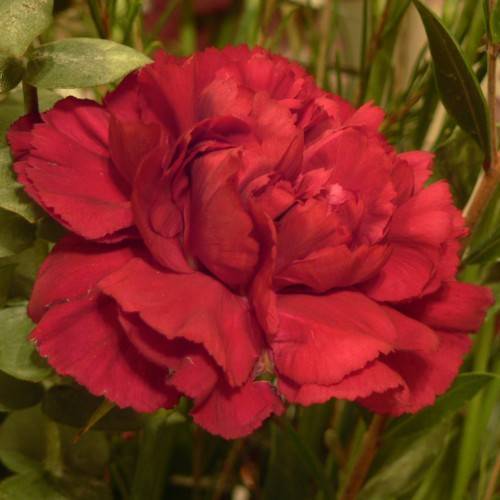
pink
Dianthus 'Wp10 Sab06' EARLY BIRD CHILI
Cycle:
Herbaceous Perennial
Watering:
Average
Hardiness Zone:
5 - 8
Flowers:
Flowers
Sun:
Full sun
Leaf:
Yes
Growth Rate:
High
Maintenance:
Low
Salt Tolerant:
Yes
Thorny:
Yes
Care Level:
Medium
watering
If you are growing Pink (Dianthus 'Wp10 Sab06' EARLY BIRD CHILI) in your garden, it is important to provide it with regular watering. The plant needs about 1 inch of water per week, either from rainfall or by manual watering. The best time to water is early in the day when the temperature is still cool enough that the water won't evaporate too quickly or encourage fungal or disease issues from excess moisture on the foliage. Make sure that the soil is moist but not soggy or waterlogged, and avoid wetting the foliage. Adding a thick layer of mulch around the base of the plant can help to retain the moisture and reduce the amount you need to water.
sunlight
Pink Dianthus 'Wp10 Sab06' EARLY BIRD CHILI is a type of plant that does best with 6-8 hours of direct sunlight each day. However, it is tolerant of some morning shade so it can be grown in partial sun. This plant should not be exposed to more than 8 hours of direct sunlight each day, as this can cause it to become stressed. For the best results, it is best to provide the plant with about 6-7 hours of direct sunlight each day.
pruning
The pink Dianthus 'WP10 Sab06' EARLY BIRD CHILI should be pruned twice a year, once in late winter and again in mid-summer. To prune properly in late winter, before the first signs of active growth, cut the old stems back to 2 to 3 inches from the ground, cutting off any weak or dead growth. Rejuvenation pruning in mid-summer should also involve cutting the old stems back by 2 to 3 inches. This will increase the number of stems on the plant, resulting in more flowers. For both prunings make sure to use sharp, sterile tools and disinfect them between each cut to avoid spreading any disease to healthy stems.
